The Future of Artificial Intelligence in Restaurants: What's Possible and What's Not
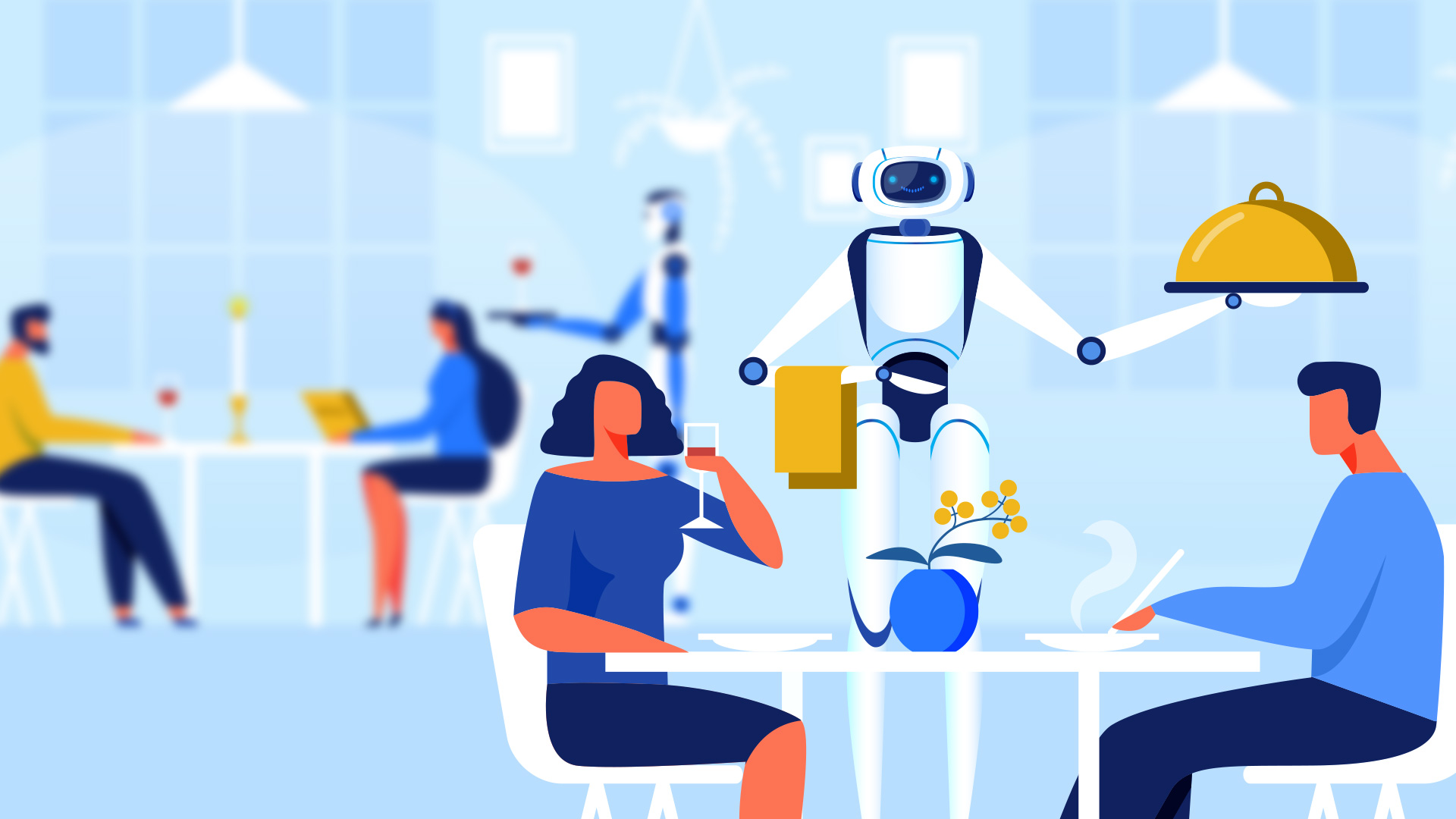
What is Artificial Intelligence?
Artificial Intelligence (AI) is the theory and development of computer systems that can perform human tasks. AI is used when a computer is programmed to complete tasks that would require human intelligence to complete, such as recognizing images or speech. In the restaurant industry, AI is used to automate certain parts of the business, as well as to assist humans in completing tasks.
AI is sometimes referred to as “machines that think like humans.” While this is a bit of a misnomer, it does highlight the fact that the ultimate goal of AI (in many respects) is to replicate human intelligence with computers. To do this, computers have to have a certain level of intelligence, which means they have to be able to recognize patterns, learn from experience and make decisions. AI is often broken down into two subcategories: general AI and narrow AI. General AI is when a computer has the same level of intelligence as a human. This isn’t really feasible at this point in history, but some researchers believe it may be possible one day. Narrow AI is when a computer is programmed to complete a specific task, often something that would require human intelligence to complete. And these tasks could take a wide variety of forms.
Types of AI in Restaurants
Computer Vision - Computer vision is the ability of computers to recognize images. In restaurants, computer vision can be used to recognize customers and make sure they receive personalized recommendations based on their previous orders. It can also be used to recognize the images on menus so customers can use voice-activated ordering without having to select from a specific set of options. Computer vision can also be used for real-time analysis. For example, computer vision can be used to monitor the condition of kitchen equipment or the cleanliness of dining areas.
Natural Language Processing - Natural language processing or NLP is the ability of a computer program to understand a language as it would be spoken by a human. It can be used by restaurants to understand customer orders, as well as to understand phrases on menus. NLP can also be used to analyze the sentiment behind social media posts to get a sense of how customers are feeling.
AI in the Food Service Industry
Food service is one of the industries that’s been most affected by AI. Technologies such as computer vision and NLP have been used by restaurants to improve operations for years. For example, computer vision has been used to tally orders, track customers in real-time, and count the number of people at a table. NLP has been used to understand customer orders, as well as to understand the meaning behind customers’ posts on social media.
How AI Can Benefit Restaurants
A restaurant can benefit from AI in a variety of ways. Some of these ways are better customer experiences, reduced costs and increased efficiency. Here are some examples: Better customer experiences - AI-powered solutions can help you provide personalized offerings and recommendations to your customers. As an example, computer vision can be used to show customers their favorite dishes at the top of their personalized menus.
Reduced costs - AI can be used to increase productivity and efficiency, which can lead to cost savings. For example, computer vision can be used to track orders in real-time, as well as to help staff quickly identify which table a certain item was intended for.
Increased efficiency - Computer vision can be used to replace visual tasks that humans typically do, such as scanning barcodes or tracking items in a fridge. In restaurants, this can improve the customer experience and reduce the chance of human error.
Conclusion
The restaurant industry is ripe for innovation. With changing consumer tastes and increasing competition, restaurants need to find new ways to stand out. Artificial intelligence is one of the newest frontiers in the food and beverage industry. The potential applications of AI in restaurants are seemingly endless. From computer vision that can identify customers or recognize images on menus, to natural language processing that understands our orders, artificial intelligence has the potential to solve many problems faced by restaurants today.
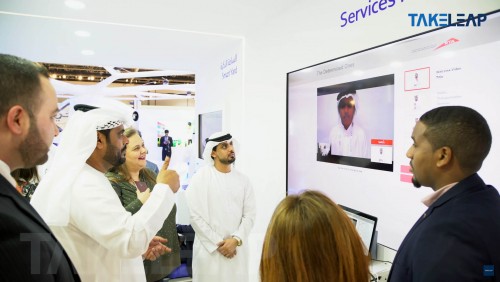

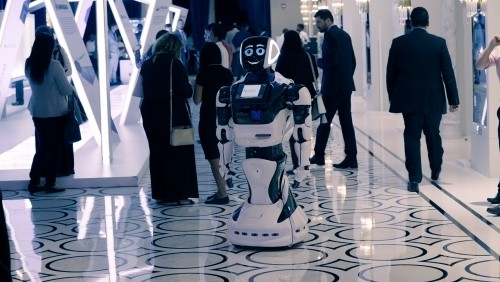
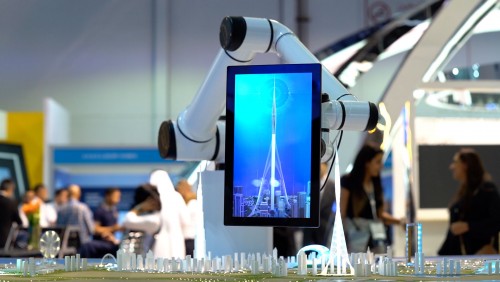
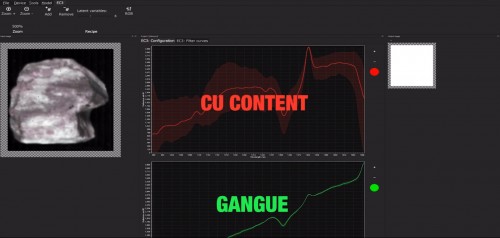


 Call
Call
 Mail
Mail